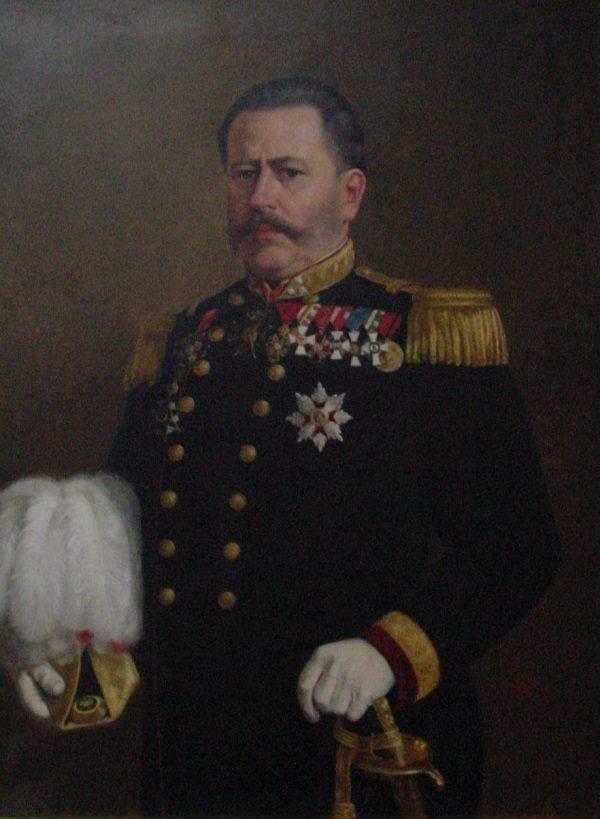
Ugo Brunetti:
Portrait of Vjekoslav Viskovic,
oil on canvas, 19th century
Vjekoslav Viskovic (1828-1891) was a long voyage sea captain and is the most prominent member of the Viskovic family who were involved in seafaring and diplomacy in the 19th century. He distinguished himself in his naval career when, as the commander of the brigantine ship Carletto, he rescued eight Neapolitan sailors, for which he was awarded the Gold Medal of the Austrian Emperor. As a respected captain who had proved his loyalty to the empire, Viskovic was given the opportunity to enter diplomatic circles. As an Austro-Hungarian diplomat, he worked in Sulina and Tulca in Romania and Brindisi in Italy and he reached the peak of his career when he was appointed consul general in the then Ottoman city of Thessaloniki. Vjekoslav Viskovic was interested in the history of his hometown of Perast and is responsible for the systematisation of the archives of the municipality of Perast. His collection of letters and studies entitled Memorie, was published by his brother Frano as part of the book Storia di Perasto. In this portrait, you can see 11 medals that this noble man from Perast wears on his chest - they are Montenegrin, Prussian, Saxon, Austrian, Vatican and Turkish. The diplomatic room has on display a kalpak (ceremonial naval cap), a navy officer's saber and personal photographs.

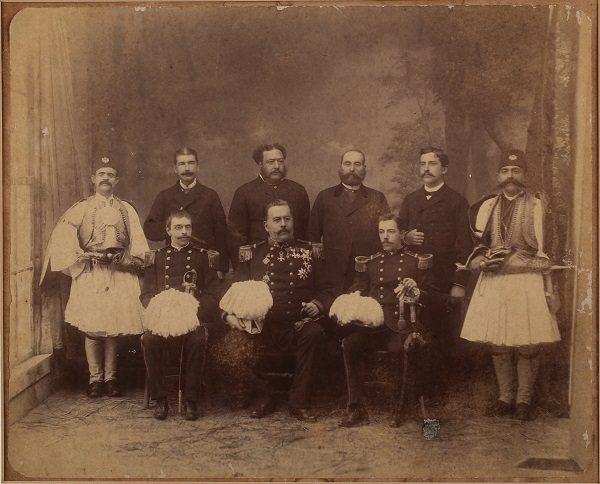
Photo by an unknown photographer:
Consul General of the Austro-Hungarian Empire Vjekoslav Viskovic with the consular staff in Thessaloniki,
taken in the 1800s

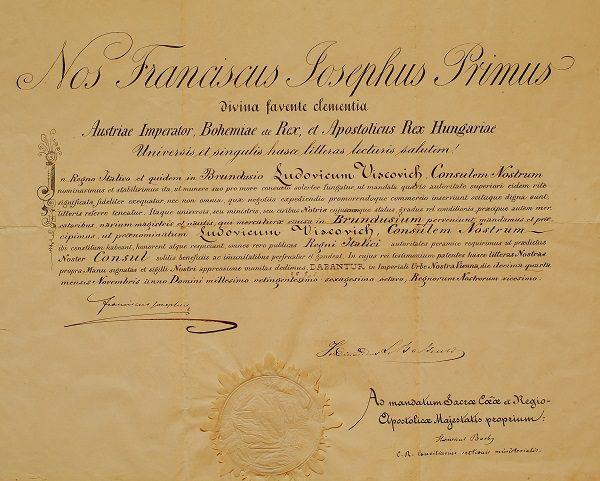
Appointment of Vjekoslav Viskovic as consul of the Austro-Hungarian Empire in Brindisi, Italy,
19th century
At the beginning of his varied diplomatic career, after serving in Sulina in Romania, Vjekoslav Viskovic was appointed consul in Brindisi on November 14th, 1868 by decree of the Austro-Hungarian Emperor Franz Joseph I.

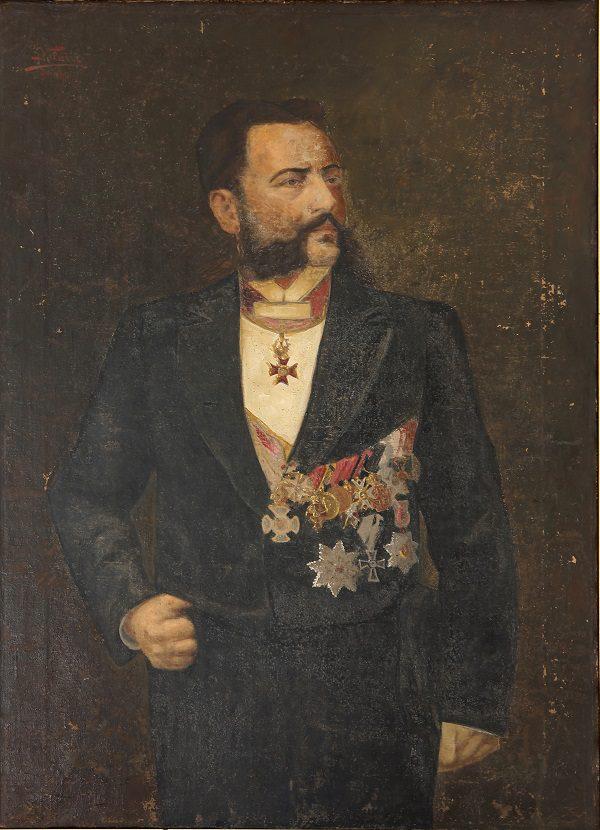
Ivan Volaric:
Portrait of Frano Viskovic,
oil on canvas, 1903.
Frano Viskovic (1836-1905), sea captain, maritime expert and writer, was a prominent figure from the noble Viskovic family from Perast. For 37 years, he was the commander of sailing ships and steamships for the Austrian Lloyd company and he ended his maritime career in Trieste as the chief inspector for this well renowned steamship company. In maritime circles, he is known as the inventor of three nautical devices - the storm compass, cyclograph and dromoscope, as well as his textbook for maritime schools, Manuale nautico di metereologia. In Trieste, in 1898, he printed a collection of documents dating from from the fall of Venetian Republic up to the second Austrian reign entitled Storia di Perasto, and in 1904, a monograph about the island of Saint George. Thanks to Frano Viskovic, many works of art in Perast were preserved and restored, such as portraits from the family collection and votive paintings from the Church of Our Lady of the Rocks.

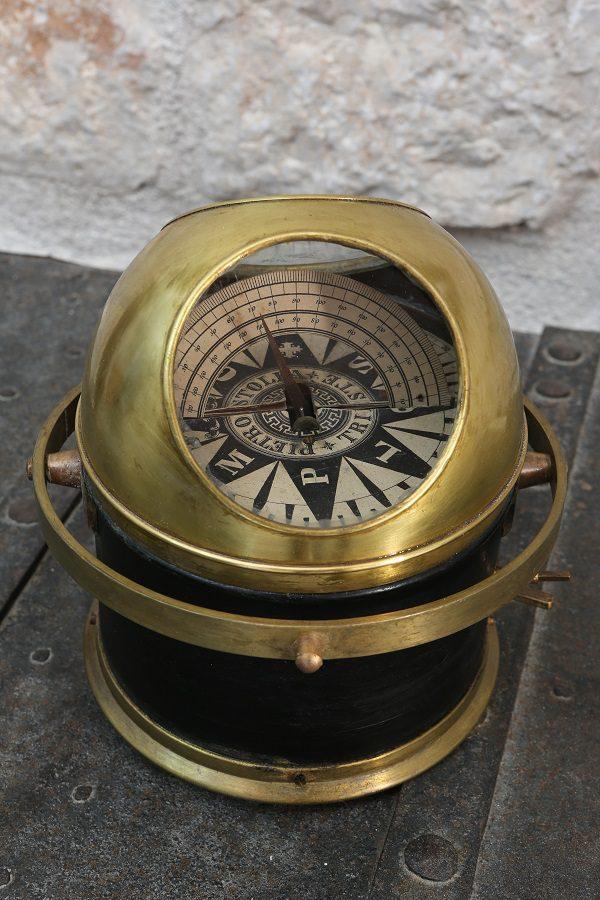
Storm compass invented by Frano Viskovic,
19th century
A storm compass is a navigational instrument used for orientation at sea. Its use was quickly adopted on many ships because, regardless of the position of the ship, it always showed the direction of magnetic north.

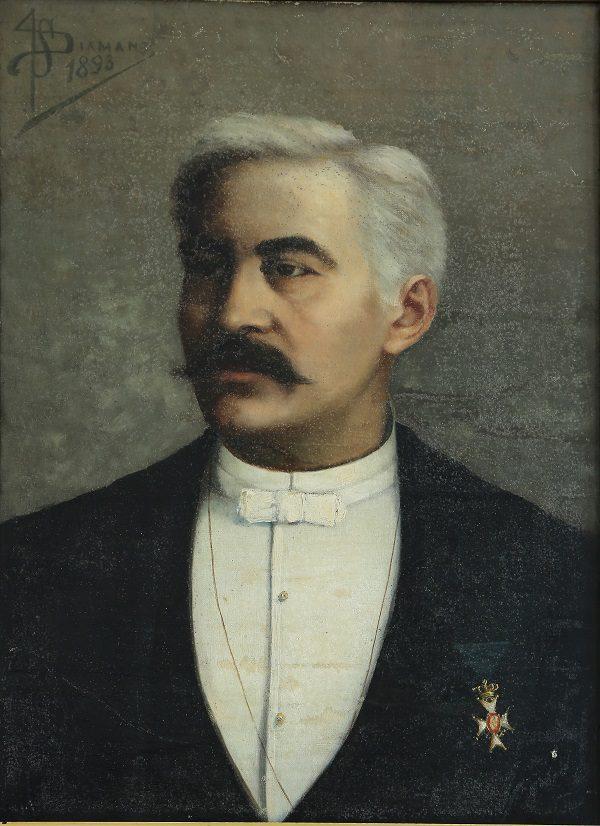
Portrait of Josip Viskovic,
oil on canvas, 19th century
Josip Viskovic (1830-1891) was a sea captain who began his long naval career in 1849, and in 1853 he became a commander. He gained decades of experience on Austrian Lloyd's sailing ships and ended his maritime career as an agent of the Austrian Lloyd's steamship company in Dubrovnik. He was the vice consul of Sweden and Norway in Constanta (Romania). In this portrait, you can see on the lefthand side, on a green ribbon, the Swedish order awarded to this Perast's nobleman.

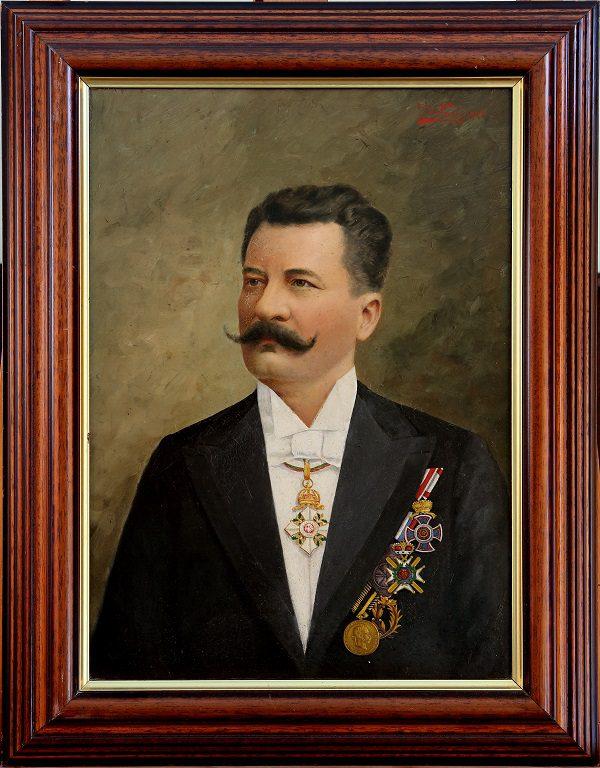
Ivan Volaric:
Portrait of Krsto Viskovic,
oil on hardboard, 1903
Krsto Viskovic (1856-1913) was a sea captain and an agent of the Austrian Lloyd company in Kotor. He was engaged in diplomacy as the vice consul of Sweden and Norway in Sulina and Constanta. For his merits in the diplomatic service, King Aleksandar Obrenovic, awarded him the Order of the Takovo Cross, Montenegrin Prince Nikola awarded him with the Order of Danilo I, Bulgarian Prince Ferdinand with the Order of Civil Merit and he was also the recipient of Turkish, Russian and French honors. During his service in Kotor, Krsto Viskovic was a member of the Bay of Kotor Antiquarian Society and vice admiral of the Boka Navy. He wrote the booklet Two Words About the Battle of May 15th, 1654 in Perast, which he printed in the Boka printing house in Kotor in 1909.

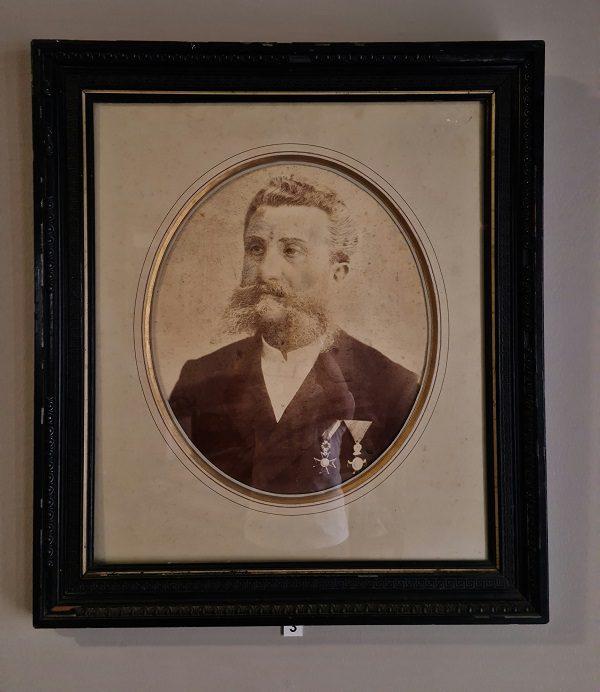
Unknown photographer:
Marko Matikola Balovic,
19th century
Marko Matikola Balovic (1810-1898) was the first notable member of the Matikola Balovic family. He was one of the first seafarers from the Bay of Kotor who earned the title of long-distance captain in the service of the Austrian Lloyd company. Shortly after that he was promoted to inspector of the Austrian Lloyd steamship company in Trieste. As the city captain of Perast, he was responsible for the establishment of the Pious Foundation, which collected donations for the restoration of the shrine of Our Lady of the Rocks. He is also responsible for preserving the historic and rich archives of the Balovic family.

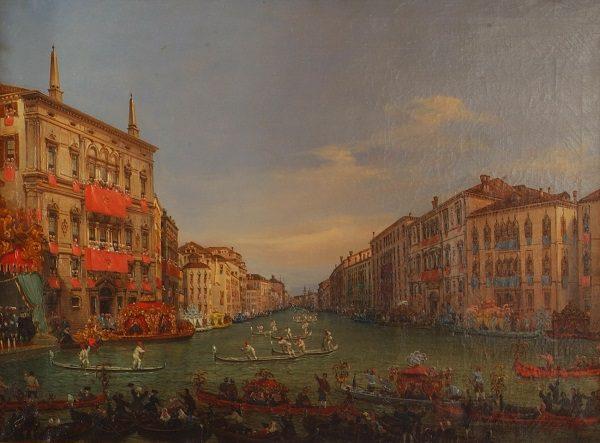
Ivan Grubas:
Marriage of Venice to the Sea,
oil on canvas, 19th century
Veduta of Venice depicting the traditional festivities of the Regata Storica. In the foreground are boats, gondolas and spectators and the palaces in the Grand Canal decorated with red and blue flags in the windows. Marriage of Venice to the Sea was painted in 1895 in Trieste.

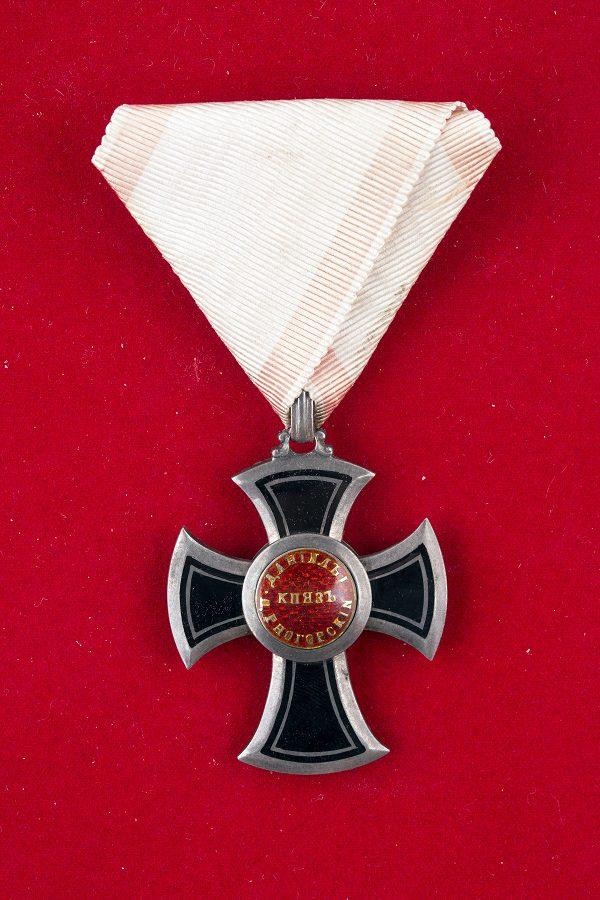
The Order of Prince Danilo I,
Montenegro,
19th century
Perast City Museum has four examples of the Montenegrin Order of Danilo I. Krsto Viskovic, an agent of the Austrian Lloyd shipping company was awarded the Order of the Fourth Degree with the Charter of Prince Nikola I of Montenegro on March 20th, 1897 in Cetinje.

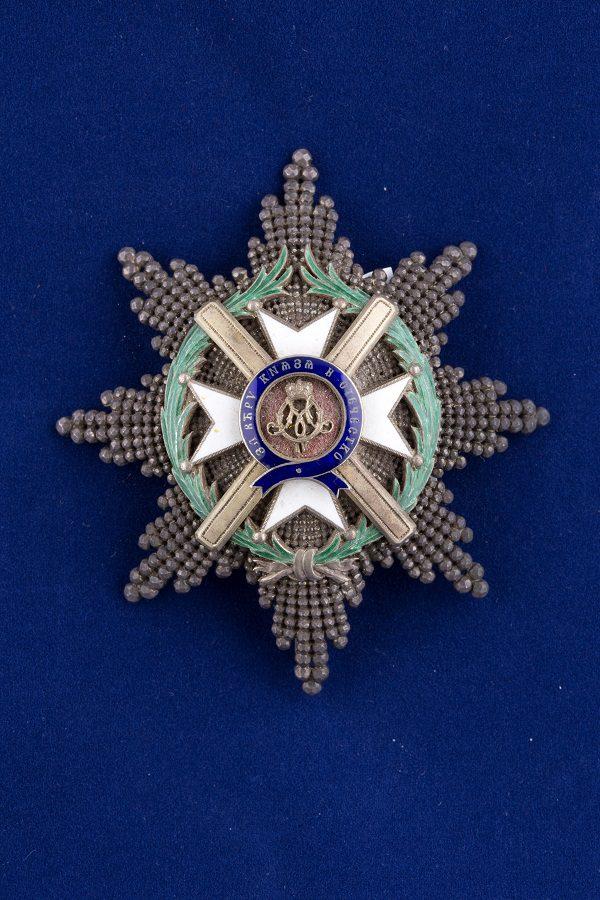
The Order of the Takovo Cross,
Serbia,
19th century
Perast City Museum has in its collection four examples of the Serbian Order of the Takovo Cross. The order of the fourth degree of the Takovo Cross with the Charter of the King of Serbia Alexander I, was awarded to Krsto Viskovic, an agent of the Austrian Lloyd shipping company in Kotor, on July 7th, 1897 in Belgrade.

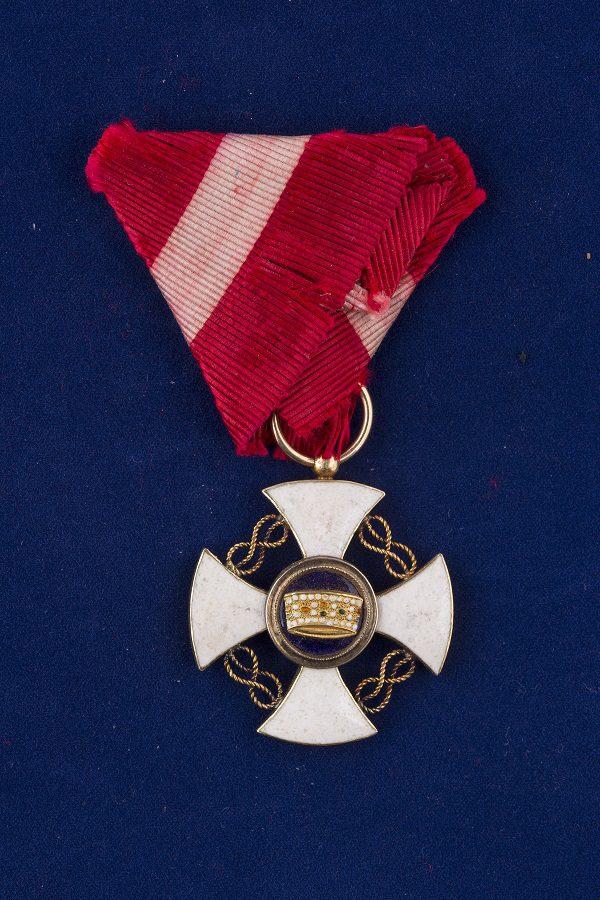
The Order of the Italian Crown,
Italy,
19th century
On display in Perast City Museum is also the Order of the Knight of the Italian Crown, V degree, which was awarded to the Consul of the Austro-Hungarian Empire, Vjekoslav (Ludoviko) Viskovic, on February 27th, 1872 in Rome. Along with the Order, he was awarded the Diploma of the Italian King Victor Emmanuel II.


The Royal Order of Vasa,
Sweden,
19th century
For his merits in diplomacy as the vice consul of Sweden and Norway, Josip Viskovic was awarded the Royal Order of Vasa on October 2nd, 1884 with the corresponding diploma.

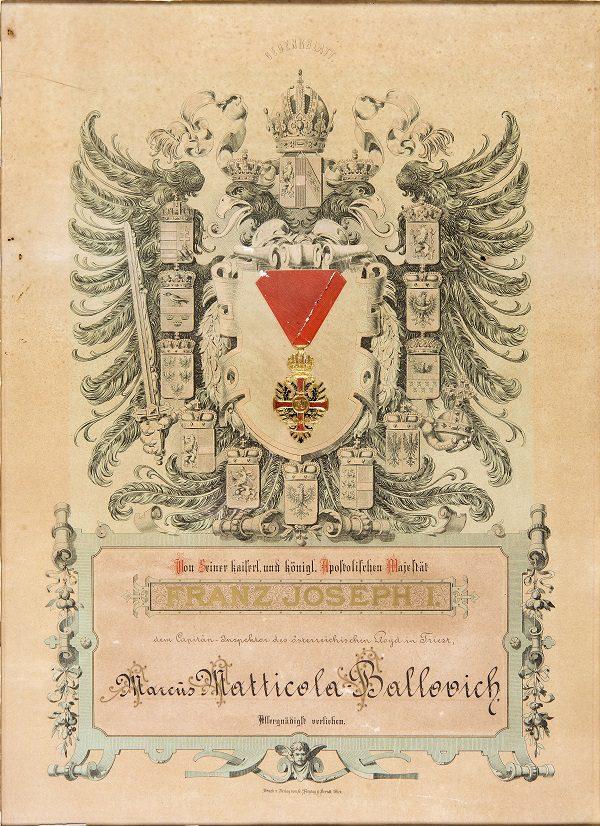
Charter to Marko Matikola Balovic with the Order of Franz Josef,
19th century
On display at Perast City Museum are Austrian orders, medals and charters that were awarded to prominent citizens of Perast. The honor awarded to Marko Matikola Balovic is the most significant. In 1859, he was decorated and knighted by the Austrian Emperor Franz Joseph I.

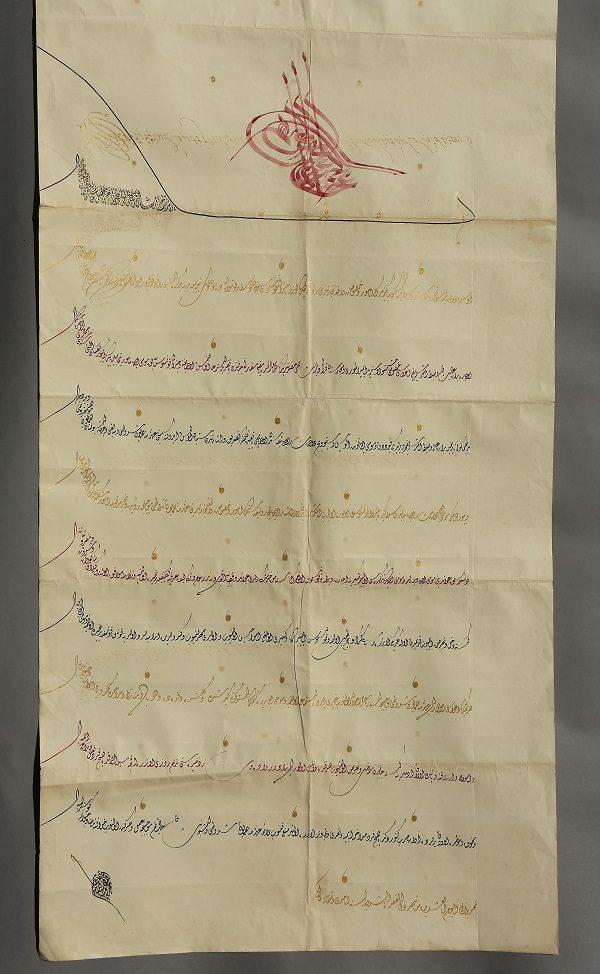
A ferman to Vjekoslav Viskovic
on the occasion of his appointment
as consul of the Austro-Hungarian Empire in Thessaloniki in 1884
Perast City Museum has a valuable collection of fermans and berats, which testify to dynamic diplomatic activity, and decorations and privileges that the Ottoman Empire had granted to prominent citizens of Perast.
Apart from the text, these documents also contained the sultan's monogram (tugra) which was his signature which appeared on all official documents, the imperial seal and on money. Each sultan had his own personal tugra, which the court calligrapher drew on documents. Their shape and appearance date back to the 16th century, the time of Sultan Suleiman the Magnificent.

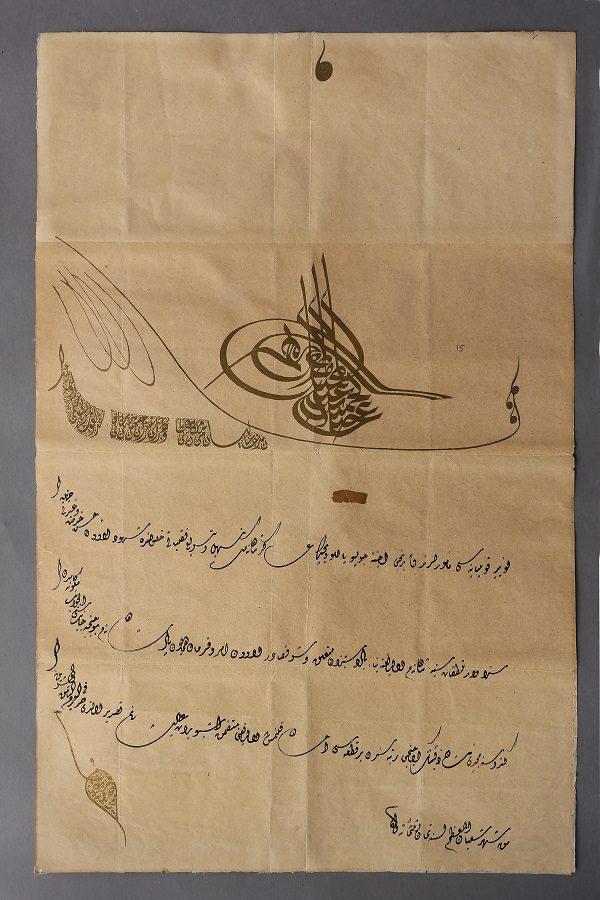
A berat to Julije Matikola Balovic,
19th century
Berat is an Arabic word that means a document, an imperial decree appointing an official, and it can also refer to the awarding of monetary compensation, decorations or possessions.

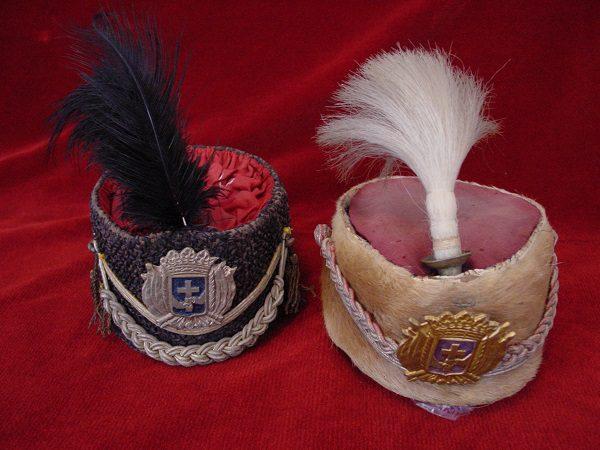
Naval caps from Perast's Navy,
19th century
On display in the Diplomatic Room of Perast City Museum are officers' and admirals' naval caps from Perast's Navy which feature the city's coat of arms.
